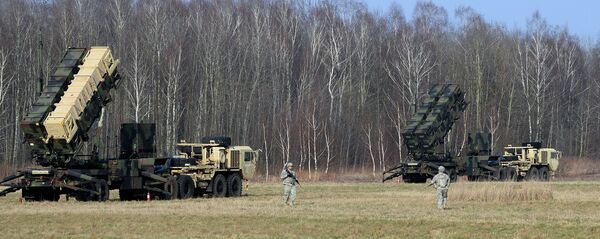"We will devise and explore the most effective solutions for destroying more than one warhead with a single interceptor, an important step in changing the cost curve for missile defense engagement," Doug Graham, of Lockheed, said in a release.
"Our talented engineers will use out-of-the-box Silicon Valley thinking to create an ultra-high-performance system that will operate outside of the atmosphere while traveling thousands of miles per hour."
Such a "multi-tasking" system could thwart an attack involving a single missile that releases a group of objects that includes the warhead plus decoys that are warhead lookalikes, the company said in the release.
The announcement comes a few months after Navy Admiral James Winnefeld, the former vice chairman of the Joint Chiefs of Staff, talked about the need to advance the Ground-Based Midcourse Defense (GMD) system so interceptors are capable of striking multiple incoming targets, DoD Buzz reported.
"It boils down to how many missiles we can knock down versus how many the threat can launch," Winnefeld said during a May 19 speech at the Center for Strategic and International Studies in Washington, DC.
"If, for example, because of system improvements, we only have to shoot half the number of interceptors per incoming warhead that we see, then we can handle twice the number of inbound warheads. That's why we’re taking a lot of time and effort to improve the capability and reliability of our entire system."
Lockheed joins the multiple defense firms the Pentagon has contracted with to develop the GMD, including Boeing Co., Orbital Sciences Corp. and Raytheon Co. The Pentagon has asked Congress for $1.6 billion for the GMB project alone.
Flight tests cost more than $215 million per exercise, DoD Buzz reported. Through mid-July 2013, the system had hit targets in only 8 of 15 attempts.


